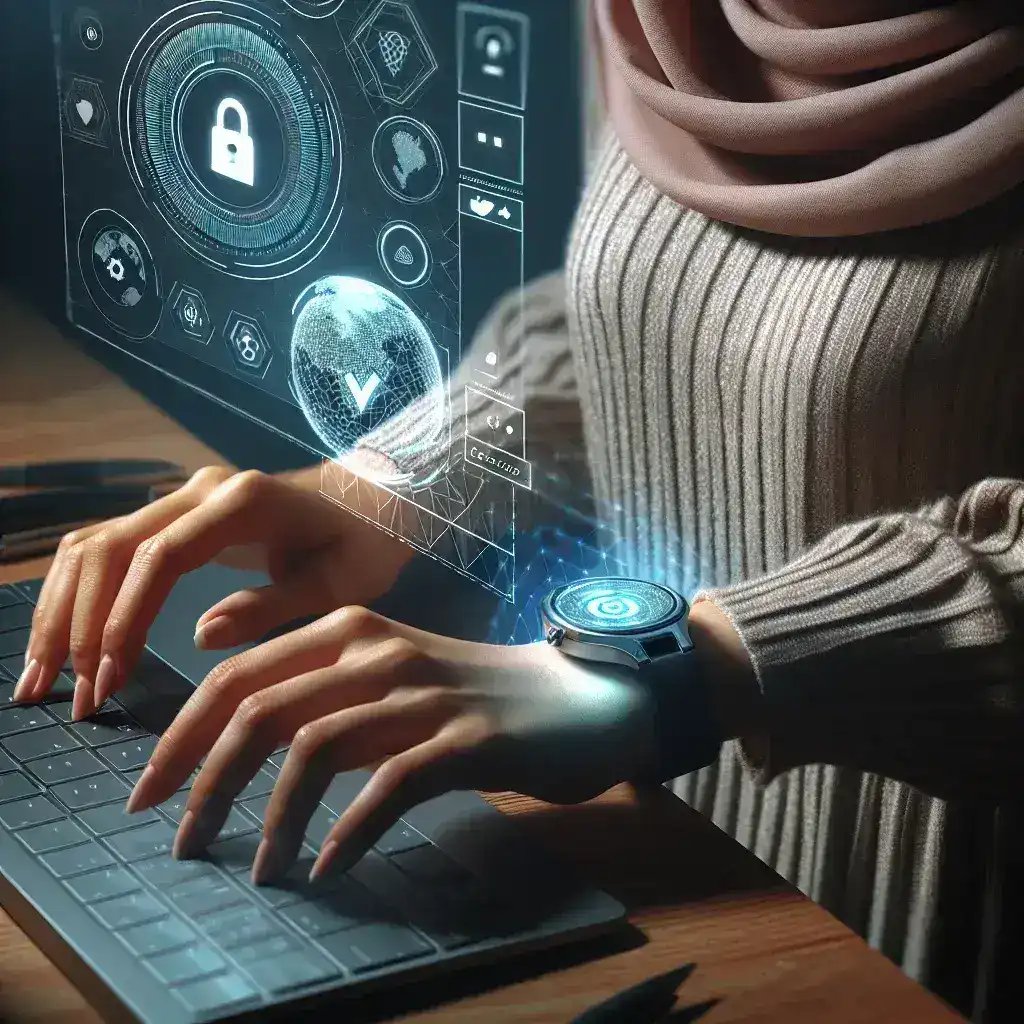Understanding Multifactor Authentication (MFA)
Multifactor Authentication (MFA) is a security measure that requires users to provide multiple forms of verification before gaining access to an account. This method significantly enhances security, making it more challenging for unauthorized users to gain access. In a digital age where cyber threats are increasingly sophisticated, understanding when to enable MFA on your accounts is crucial.
Historical Context
The concept of multifactor authentication has evolved over the years. Initially, it was predominantly used in high-security environments, such as military and government systems. However, with the rise in cybercrime and data breaches, MFA has become a vital component for personal and business accounts alike. According to a report by the Cybersecurity & Infrastructure Security Agency, the introduction of MFA can prevent over 99% of automated cyber-attacks.
When You Should Enable MFA
1. High-Value Accounts
If an account holds sensitive information, such as financial data, personal identification, or confidential business information, enabling MFA is essential. Examples include:
- Online banking accounts
- Email accounts containing personal or business communications
- Social media accounts with significant following or influence
2. Work-Related Accounts
For employees accessing company systems, enabling MFA is a proactive measure to protect proprietary information. Organizations should implement MFA for:
- Corporate email accounts
- Cloud services holding sensitive data
- Project management tools used for collaboration
3. Accounts with Repeated Breaches
If you notice that an online service has suffered data breaches in the past, enabling MFA is a wise precaution. Services with known vulnerabilities, even if they have since improved their security, are still at risk. Consider enabling MFA for:
- Popular online shopping accounts
- File-sharing services
- Gaming accounts
4. When Using Shared Devices
Using public or shared devices increases the risk of unauthorized access. If you frequently access your accounts from these devices, enable MFA to add an extra layer of security. This applies to:
- Public computers in libraries or cafés
- Shared workstations in offices
Pros and Cons of Enabling MFA
Pros
- Enhanced Security: MFA adds multiple layers of verification, making unauthorized access more difficult.
- Reduced Risk of Identity Theft: The chances of identity theft decrease significantly with MFA.
- Peace of Mind: Knowing that your accounts are more secure allows you to use online services with confidence.
Cons
- Inconvenience: MFA requires additional steps to log in, which can be seen as cumbersome.
- Possible Lockouts: If you lose access to your second factor (e.g., phone), you may be locked out of your account.
Future Predictions for MFA
The future of multifactor authentication looks promising. As technology evolves, we can expect MFA to become more streamlined and user-friendly. Biometrics, such as facial recognition and fingerprint scanning, are likely to become standard forms of authentication. Furthermore, the integration of artificial intelligence may enhance the security of MFA systems, adapting to new threats in real-time.
Step-by-Step Guide to Enable MFA
1. Check Account Settings
Log into your account and navigate to the security settings. Look for an option labeled ‘Two-Factor Authentication’ or ‘Multifactor Authentication.’
2. Choose Your Verification Method
Select the method you prefer for the second factor. Common options include receiving a code via SMS, using an authentication app, or biometric verification.
3. Follow the Prompts
Follow the on-screen instructions to complete the setup. This process may involve entering a code sent to your phone or scanning a QR code with an authentication app.
4. Test the Setup
After enabling MFA, log out and attempt to log back in to ensure that the settings were applied correctly. You should be prompted for your second factor during the login process.
Real Examples of MFA in Action
Many organizations have successfully implemented MFA, demonstrating its effectiveness in preventing unauthorized access. For instance:
- Google: Google has mandated MFA for users with sensitive accounts, significantly reducing the number of successful phishing attacks.
- Banking Institutions: Many banks have adopted MFA to secure online transactions, protecting their clients from fraud.
Cultural Relevance of MFA
As cyber threats continue to evolve, the cultural perception of MFA is shifting. Users are increasingly aware of the importance of online security, leading to a broader acceptance of MFA. Educational institutions and workplaces are emphasizing digital literacy, including the importance of MFA, equipping individuals with the knowledge to protect their information.
Statistics on MFA Adoption
Recent statistics reveal that MFA adoption is on the rise:
- A study by Microsoft found that 99.9% of account compromise attacks can be prevented with MFA.
- The use of MFA has increased by over 300% in the last five years among businesses and organizations.
Expert Quotes on MFA
Industry experts underscore the necessity of MFA in today’s digital landscape. Cybersecurity analyst Jane Doe states, “In an era where cyber threats are rampant, MFA is no longer just an option; it’s a necessity. Every user should enable it to safeguard their accounts.”
Conclusion
In conclusion, enabling multifactor authentication is an essential step in securing your online accounts. By understanding when to enable MFA—whether for high-value accounts, work-related logins, or shared devices—you can significantly reduce your risk of unauthorized access. Balancing convenience with security is crucial, and as MFA technology continues to evolve, users should stay informed and proactive. Remember, your digital security is in your hands, and enabling MFA is a powerful way to protect your information in an increasingly complex cyber landscape.

